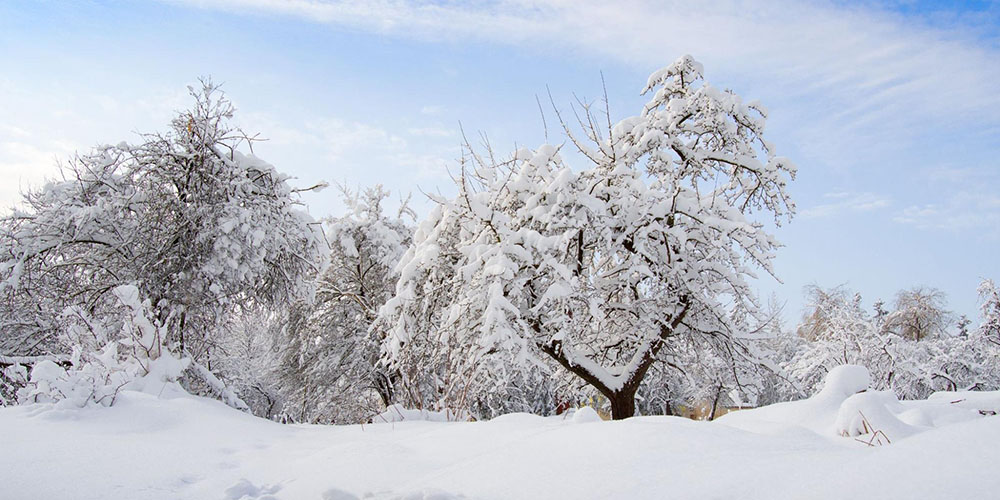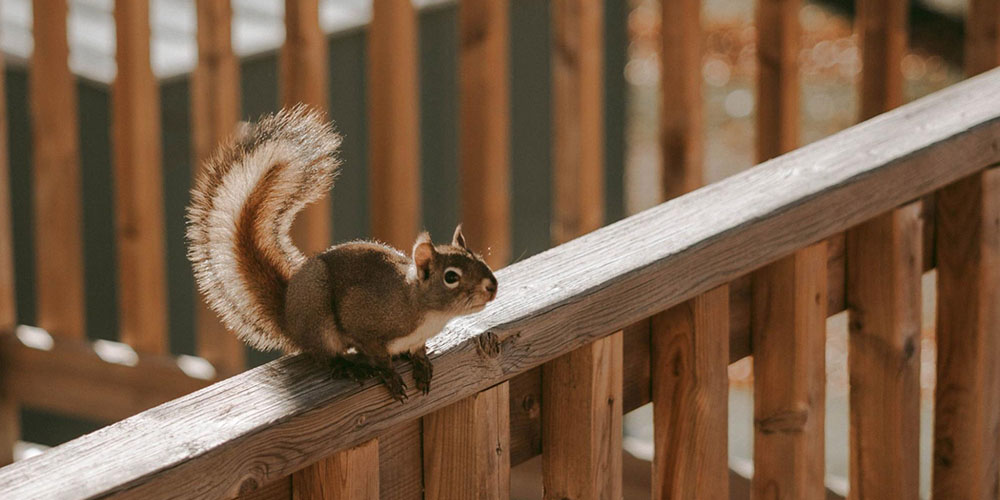Can A Gazebo Be Left Up All Year?
10th Aug 2023

Gazebos have long served as charming and functional additions to gardens, patios, and other outdoor spaces. They provide shade, a place to relax, and a focal point for outdoor design. But a question often arises among new and potential gazebo owners - can a gazebo be left up all year?
In this guide, we will delve into this topic, examining various types of gazebos, their resilience against different environmental factors, and practical considerations if you intend to keep your gazebo up throughout the year.
Different Types of Gazebos & Their Durability
Hardtop Gazebos
Hardtop gazebos are typically the most durable type. They are built from sturdy materials like wood or metal and are covered with a hard top, often made from polycarbonate or metal. Due to their robust construction, they can usually withstand the elements and be left up all year round.
Soft Top or Canopy Gazebos
Soft top or canopy gazebos have a more lightweight design. They're usually made from a metal frame with a fabric canopy. These are less durable and can be more susceptible to weather damage. However, if the canopy is waterproof and correctly secured, it can withstand some weather conditions and be used in the rain.
Pop up Gazebos
Pop up gazebos are the most portable type of gazebo. They're designed for easy assembly and disassembly. However, their lightweight nature means they are generally not intended to be left up year-round, especially in areas prone to severe weather. Purchasing a waterproof pop up gazebo can help protect you from the elements, but the same rules still apply.
Environmental Factors Affecting Gazebos
Wind and Storms
When selecting a gazebo, one common question asked is, can gazebos be used in the rain? The answer largely depends on the type and quality of the gazebo, with waterproof models offering the ability to be used even during wet weather conditions.

Strong winds and storms can cause damage to any gazebo, especially if it isn’t secure. With this in mind, it is essential to securely weigh your gazebo down and use additional measures to strengthen it, such as using guy ropes and stakes, especially in windy conditions.
Snow and Ice

Snow and ice accumulation can put a lot of weight on a gazebo, potentially causing damage or collapse. Hardtop gazebos are better equipped to handle this, but it's still crucial to regularly remove snow.
Sun Exposure

Prolonged sun exposure can lead to the fading and weakening of gazebo materials. For gazebos left up all year, consider locations with some shade or only purchase gazebos with a strong UV resistance.
Pests and Animals
Birds, squirrels, and insects can potentially damage a gazebo. Regular cleaning and maintenance can prevent these problems.
Considerations For Keeping A Gazebo Up All Year
If you are considering leaving your gazebo up all year, there are several key factors to take into account. These considerations can help you ensure that your gazebo remains a safe, enjoyable, and aesthetically pleasing addition to your outdoor space throughout the seasons.
The Material of the Gazebo
The material of your gazebo plays a critical role in its ability to withstand the elements year-round. Wooden and steel gazebos are typically the most durable and resistant to weather conditions. However, they require proper maintenance and treatments to protect against rust or decay.
On the other hand, gazebos with fabric or canvas tops, while more susceptible to weathering, can last longer if they are maintained properly and protected with appropriate weather-resistant treatments. Always choose a gazebo made of high-quality materials for year-round usage.
Local Weather Conditions
Consider the climate and weather patterns in your area. If your location experiences mild weather throughout the year, most types of gazebos can be left with minimal risk of damage. However, if you live in an area prone to high winds, heavy rain, snow, or extreme temperatures, you'll need a robust and well-anchored gazebo.
Regular Maintenance
If you decide to keep your gazebo up all year, be prepared for regular maintenance tasks. These may include cleaning, applying protective coatings, repairing damage, and preparing the gazebo for various weather conditions.
For example, before winter sets in, you may need to add additional weatherproofing or clear the roof after heavy snowfall. In the spring and summer, checking for pests and reapplying water and UV-resistant treatments might be necessary.
Positioning of the Gazebo
The location of your gazebo in your outdoor space can also impact its longevity. If possible, position your gazebo in a spot that is sheltered from wind and extreme sun exposure, as these can cause damage over time.
Avoid placing your gazebo under trees where falling branches could pose a risk, or leaves and bird droppings could lead to extra cleaning. Moreover, if your gazebo is near the house or another structure, it could benefit from additional protection against the elements.
Tips for Maintaining a Gazebo Year-Round
Maintaining a gazebo that is left up all year can be a demanding task, but it ensures the structure stays in the best possible condition, ready for use regardless of the season. Here are some critical tips that can aid you in the maintenance of your gazebo year-round.
Regular Cleaning
Regular cleaning is crucial to maintaining the integrity of your gazebo. Over time, dirt, leaves, bird droppings, and other debris can accumulate on your gazebo, potentially leading to staining, mould, or structural damage.
- For hardtop gazebos, use a mild detergent and a soft brush or cloth to clean the surfaces.
- For soft top gazebos, it's advisable to clean the canopy with a mild soap solution and rinse it thoroughly to prevent residue build-up that might degrade the fabric over time.
Timely Repairs
Damage to your gazebo, be it minor or significant, should be addressed promptly. This includes tears in the fabric, loose or missing screws, cracked supports, and rust or rots on wood or metal parts.
By promptly repairing these issues, you can prevent further, potentially more costly damage. For example, a small tear in a gazebo canopy might widen over time, necessitating a complete replacement. As a rule of thumb, regularly inspect your gazebo, especially after severe weather, and fix any damages as soon as they're spotted.
Weather-Proofing Measures
Depending on the materials your gazebo is made from, you may need to take additional weather-proofing measures. For wooden gazebos, consider using a water-resistant stain or sealant to protect the wood from moisture damage.
Metal gazebos might benefit from anti-rust treatments. If your gazebo has a fabric canopy, make sure it's either made from a weather-resistant material or treat it with a waterproofing spray to enhance its resistance to rain and snow. Furthermore, during winter months, consider adding thermal curtains or a patio heater to keep your gazebo warm and inviting.

Protecting Against Pests
Pests such as insects, birds, and rodents can cause damage to your gazebo. Therefore, it's important to implement measures to keep them at bay. Regularly clean up any food or drink spills that might attract pests. Install bird spikes or decoys to deter birds from nesting. For insect control, consider using an environmentally-friendly insect repellent or installing mosquito netting. In areas with larger wildlife, consider using fencing or repellents to keep them away from your gazebo.
? For more information, check out these gazebo care tips.
Should I Leave My Gazebo Up All Year? Expert Advice
While it is possible to leave a gazebo up all year, the feasibility largely depends on the type of gazebo, local weather conditions, and the level of care and maintenance provided. As experts in the field, we highly recommend dissembling your gazebo when it’s not in use.
Frequently Asked Questions
Can you leave a pop up gazebo up overnight?
While it's possible, pop up gazebos are not designed to withstand harsh weather conditions. It's best to disassemble them when not in use.
How can I protect my gazebo in the winter?
Use weatherproof covers, regularly remove snow, and keep the gazebo clean. Using a gazebo heater can help keep your gazebo warm in colder weather.
What materials are most durable for a year-round gazebo?
Metals like steel and aluminium are generally the most durable materials for a gazebo.
How often should I perform maintenance on my gazebo?
Regular maintenance should be performed at least seasonally, or more frequently based on weather conditions and gazebo usage.
Can I leave my gazebo up during a storm?
It's generally not recommended due to potential damage. If a storm is forecasted, it's best to disassemble or secure your gazebo.
How to secure a gazebo from wind?
Use weights, ropes, stakes, and anchoring systems to secure your gazebo from the wind. You can see our whole collection of gazebo accessories here.









